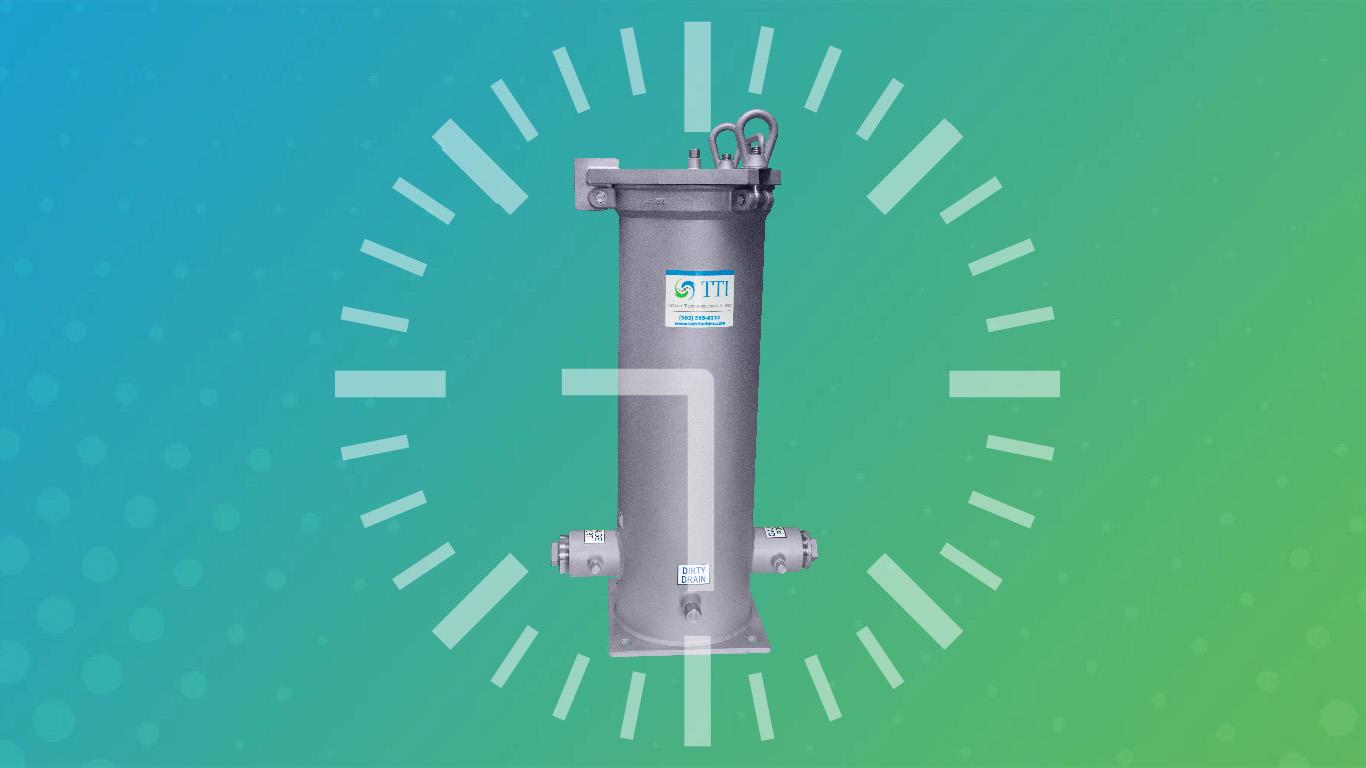Advice for Measuring Oil Filter Life
Tags: oil filters, contamination control, particle counting

"We have a filter that appears to have been in service for nearly two years without any indication of blocking. Is this normal?"
While contaminant ingression varies according to environmental and production/maintenance activity, some filter manufacturers specify a life of six months. It is generally a good strategy to take an upstream and downstream particle count to ascertain if the filter is still working properly. If not, replace the element. Filters with a high dirt-holding capacity will last longer.
Consider the maintenance history and try to establish an average life for previous elements, as this will give some indication if two years is abnormal.
However, there are a number of ways in which the filter may fail without tripping the indicator, and this may lead the unwary to believe the filter is a good value. Without a particle count program, it is almost impossible to determine a failed filter. Such failures as a collapsed element, split pleat, poor adhesion on the seam, a sticking bypass valve or even a faulty indicator are typically not detectable without a particle count program to monitor changing contaminant levels.
Keeping tabs on the performance of filters is essential to machinery reliability. Yet too often, many people in the maintenance field seem to be oblivious to the importance and methods of doing so. The best strategy is the proactive strategy. You don’t have to detect and diagnose a problem that doesn’t exist.
The following are a few rock-solid ideas to avert problems with filters:
- Invest in quality filters (housing, valves, change indicators and elements).
- Oversize your filters to reduce fatigue caused by high-flow density, cold starts and surge-flow conditions.
- Inspect new filters and store them in a clean and protected environment.
- Learn how to install filters to avoid damage to filter media and seals.
- Inspect filter housings carefully for stuck bypass valves, missing springs and sludge conditions.
Used filters are often a dead giveaway of filtration problems. Learn to read the warning signs. After all, the filter is a bone pile of past problems generated within the machine and transported by the fluid. Inspect used filters for:
- Damage such as tears, buckled media, collapsed center tubes, pinched seals, etc.
- Unusual particles and soft, sludgy material on the media
- Varnish on end caps and/or center tubes
- Sludge and/or water in filter bowls/housings
- Corrosion on filter housing or filter element surfaces